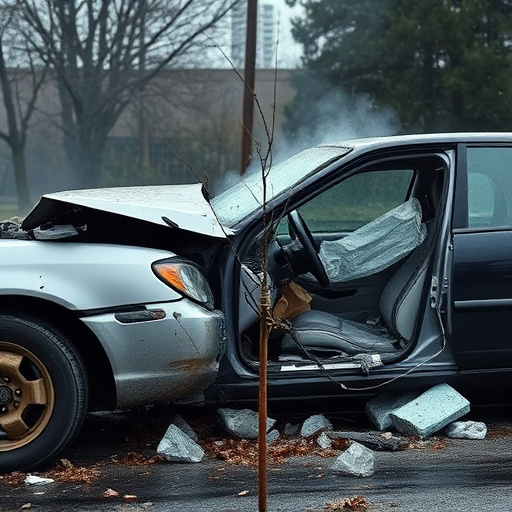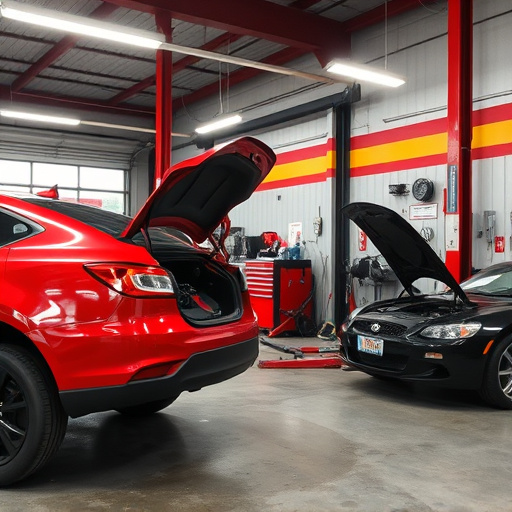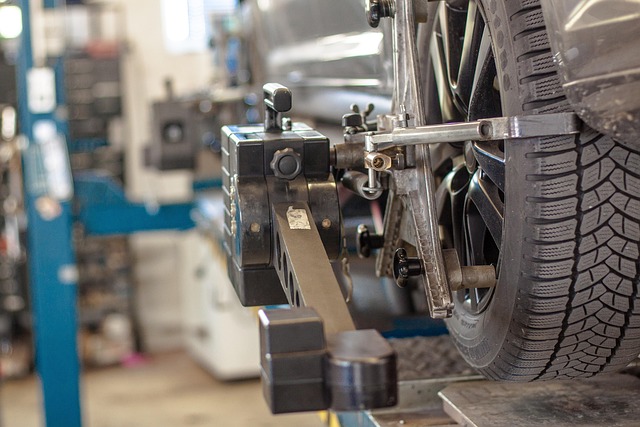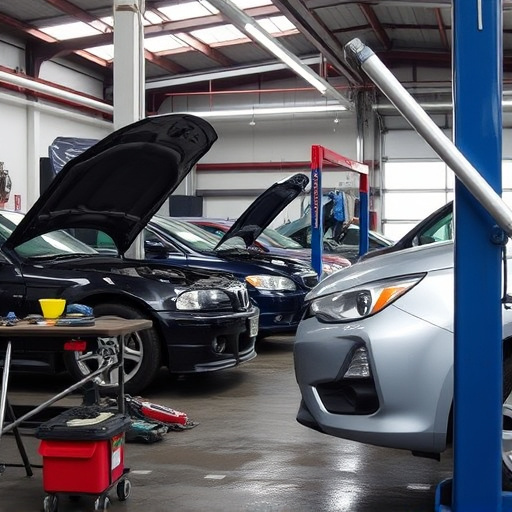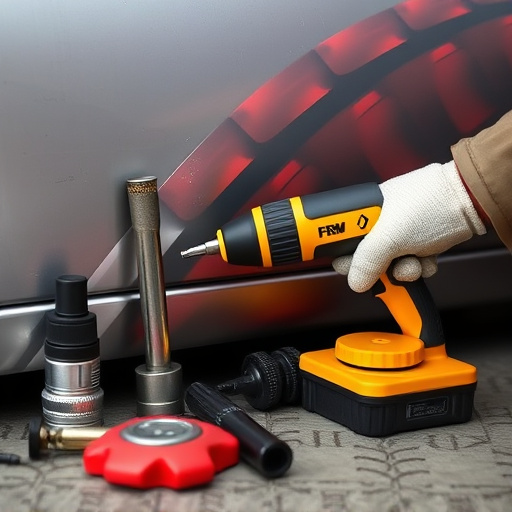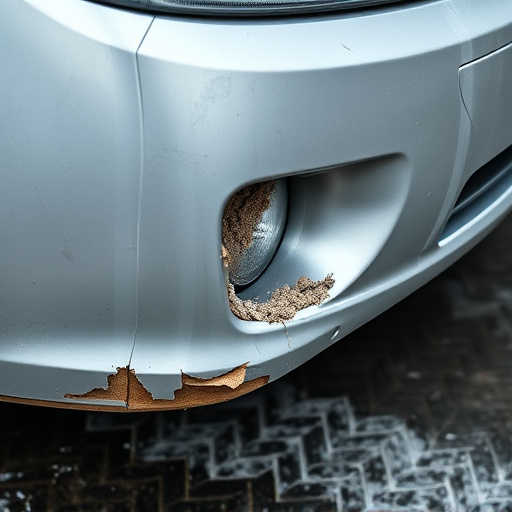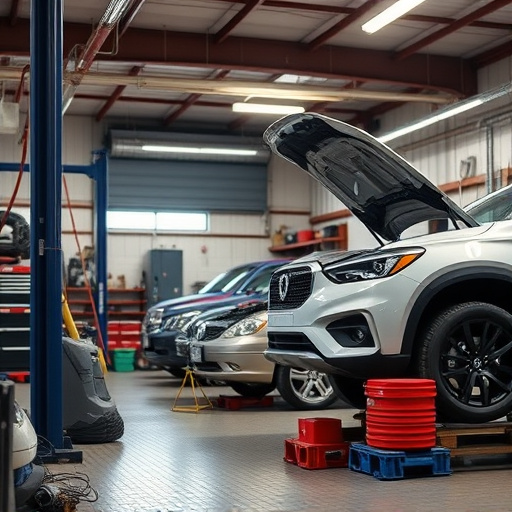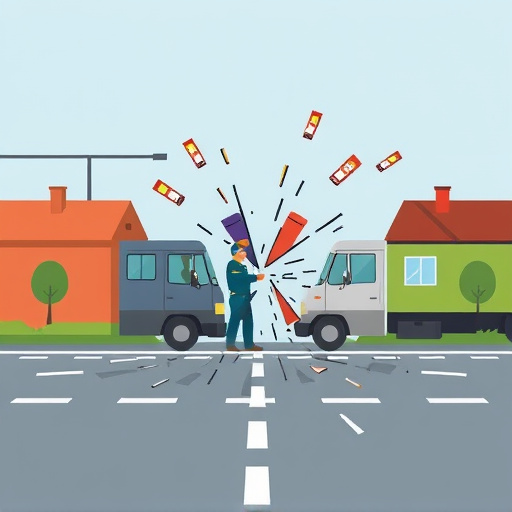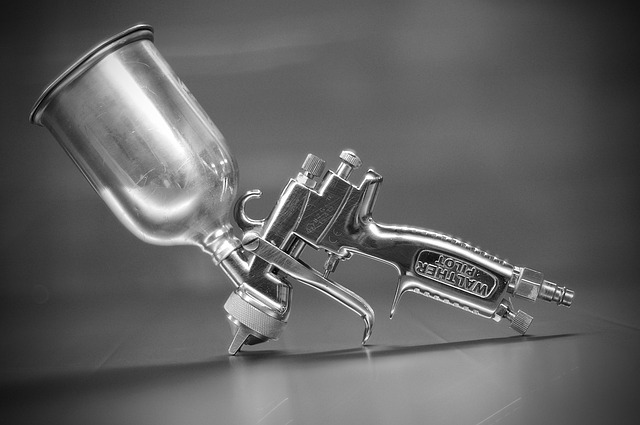Skilled technicians in electronic diagnostics repair use advanced tools to uncover vehicle faults, interpreting sensor and module data to identify issues from circuits to miscommunicating units. Misdiagnosis can lead to costly repairs or safety risks, so mechanics must be thorough and knowledgeable about vehicle interconnections. The field is transforming with technological advancements, making specialized skills crucial for modern vehicles, and collision repair centers are adapting to cater to emerging trends like autonomous driving.
Uncover the mysteries of electronic diagnostics repair with our revealing article. Learn seven secrets that can transform your understanding of this complex field. From detecting hidden faults using advanced techniques to common mistakes to avoid, we provide insights for both professionals and enthusiasts. Explore the latest tools and trends shaping today’s repair landscape, ensuring you stay ahead in the world of electronic diagnostics repair.
- Unveiling Hidden Faults: Techniques for Accurate Detection
- Common Mistakes in Diagnosing Electronic Diagnostics
- Advanced Tools and Trends Shaping Repair Today
Unveiling Hidden Faults: Techniques for Accurate Detection
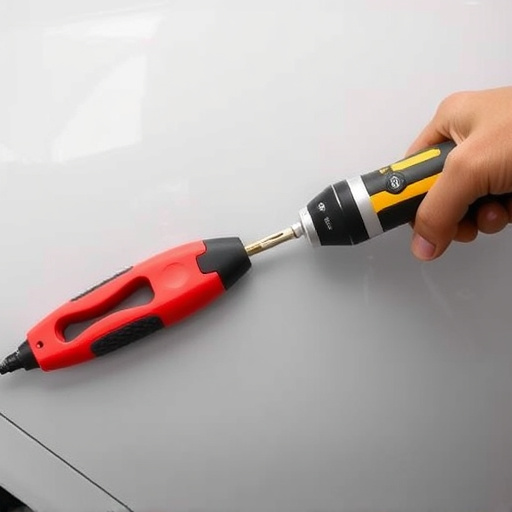
In the realm of electronic diagnostics repair, unveiling hidden faults is an art. Modern vehicles are complex intricate systems with countless interconnected components. Skilled technicians employ advanced diagnostic tools and methods to peer beneath the surface, detecting subtle anomalies that might escape initial scrutiny. These techniques include specialized scanners, logic analyzers, and oscilloscopes that interpret data streams from sensors, control modules, and power trains, revealing faulty circuits or miscommunicating units.
Beyond basic function checks, experienced mechanics utilize diagnostic coding and logging to track down elusive issues. By decoding error codes stored in the vehicle’s computer, they can zero in on problematic areas, whether it’s a faulty auto glass sensor, malfunctioning wiring harness, or an issue with the car paint finish. This methodical approach ensures comprehensive electronic diagnostics repair, restoring not just the functionality but also the reliability of the vehicle, much like meticulous car repair services that address every component, from engine to exterior, including timely and expert auto glass repair and meticulous car paint services when needed.
Common Mistakes in Diagnosing Electronic Diagnostics
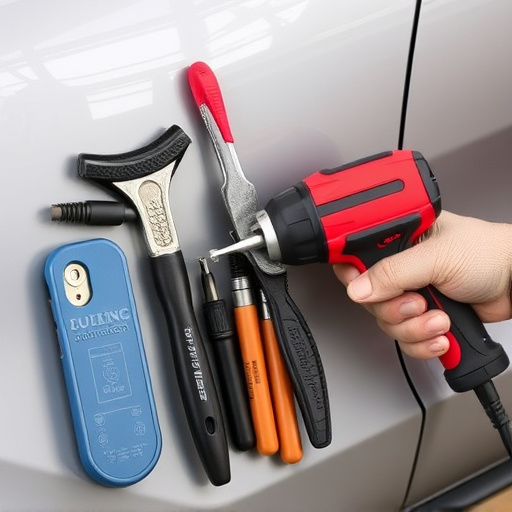
In the realm of electronic diagnostics repair, misdiagnosis can lead to costly and unnecessary vehicle repairs or, worse, overlooked issues that could escalate into safety hazards. Common mistakes include relying solely on initial symptoms rather than delving deeper to identify root causes. Many times, a simple check of the vehicle’s electrical system or sensors might reveal a false positive from an OBD-II scanner, leading mechanics astray. Additionally, not all electronic control units (ECUs) are created equal; older vehicles may require specialized tools and knowledge that not all shops possess, resulting in inaccurate diagnostics.
Another pitfall is the lack of proper training or experience in modern car bodywork services and collision damage repair techniques. While some issues might seem straightforward, complex interactions between various ECUs make accurate identification challenging. Even seasoned professionals can fall prey to these pitfalls if they haven’t stayed up-to-date with the latest vehicle repair technologies. Therefore, when it comes to electronic diagnostics repair, thoroughness, continuous learning, and a nuanced understanding of how vehicles interact are essential for ensuring accuracy and preventing costly mistakes in vehicle repair.
Advanced Tools and Trends Shaping Repair Today
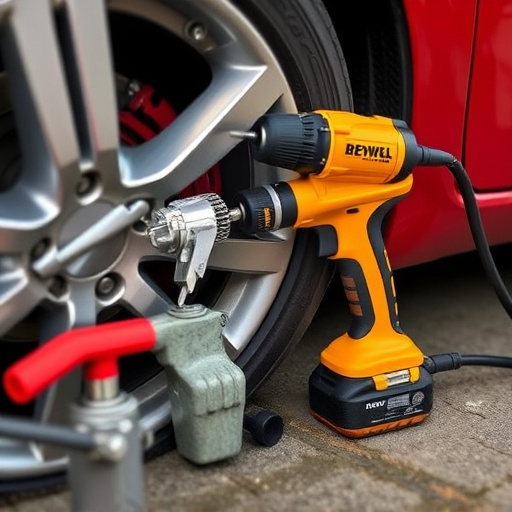
The landscape of electronic diagnostics repair is constantly evolving, driven by advancements in technology and trends that are revolutionizing the industry. Modern vehicles are increasingly equipped with complex onboard computer systems that control various functions, making traditional mechanical repairs less common. Technicians now rely on advanced tools like diagnostic scanners, which can identify issues within a vehicle’s computer networks faster and more accurately than ever before. These tools allow for precise coding and re-flashing of software, ensuring that each repair is tailored to the specific make and model.
Beyond these tools, emerging trends such as autonomous driving and connected cars are further shaping the future of electronic diagnostics repair. As vehicles become more integrated with digital networks, the need for specialized skills in computer programming and network security grows. This shift not only demands a new set of skills from repair technicians but also opens up opportunities for innovation and specialization within collision repair centers and vehicle service shops, making them essential hubs for modern automotive care.
In the realm of electronic diagnostics repair, understanding these seven secrets equips you with powerful tools for accurate detection and effective troubleshooting. By avoiding common mistakes and embracing advanced trends, you can significantly enhance the quality and efficiency of your repairs. Remember that staying informed about these techniques is crucial in keeping up with the evolving landscape of electronic diagnostics repair.


